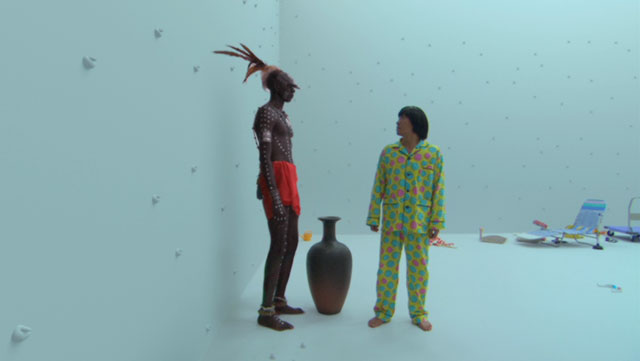After this and Edge of Tomorrow, Emily Blunt is an action star. Though she was no hero in this one – she’d talk big, but ultimately she’s being used by compromised higher-ups who have no interest in her stupid morals. Josh Brolin is a boss, working with Benicio Del Toro, who turns out to be consolidating cartel power, I think, and/or taking personal revenge, by going all James Bond and assassinating some Mexicans at the end. Blunt and partner Daniel Kaluuya (star of my favorite Black Mirror episode) are forced along for the ride.

Think I like this Villeneuve fella. Storytelling is bizarre (probably plays better the second time around) with some groany dialogue and troop behavior but filming is nice. People said it was tense and scary but I still think El Sicario Room 164 is scarier.

M. D’Angelo:
Kate is incredibly strong in a situation where her strength is useless. This is a deeply pessimistic film about the near-impossibility of overcoming institutional corruption — one that’s honest enough to have its protagonist struggle for a long time about whether what she’s witnessing even is corruption.


















